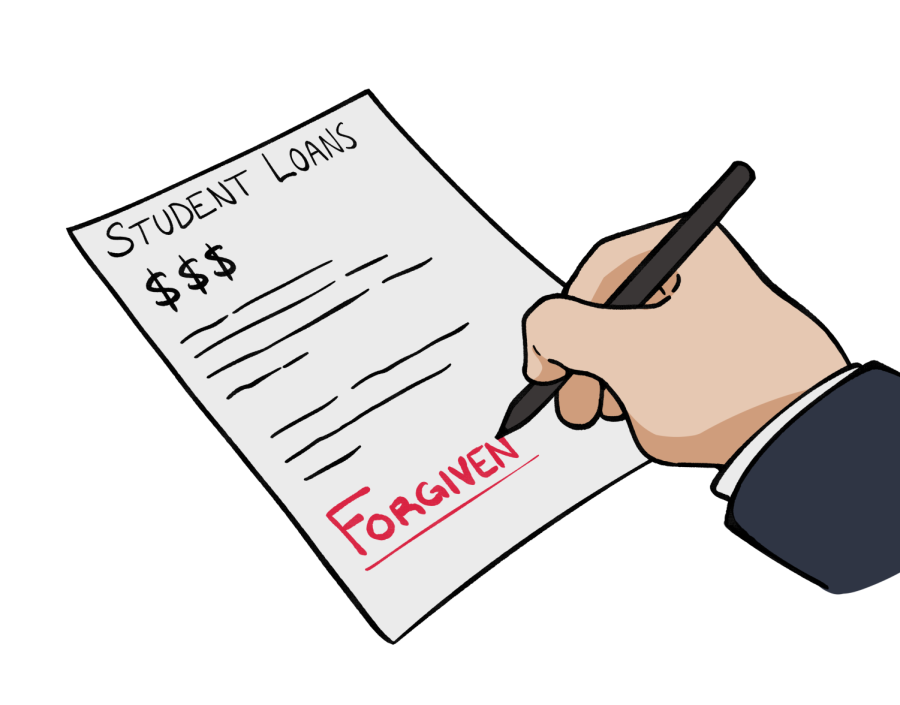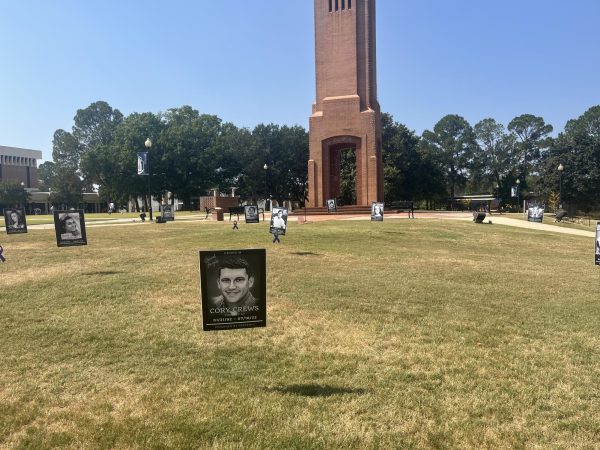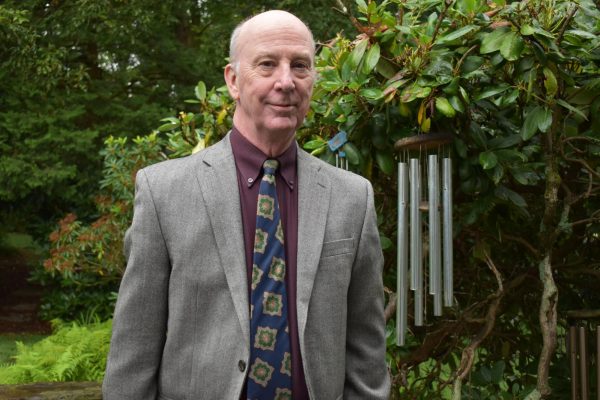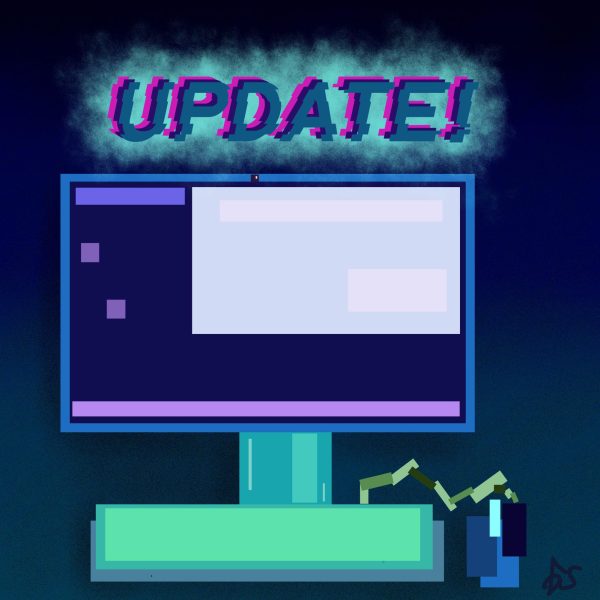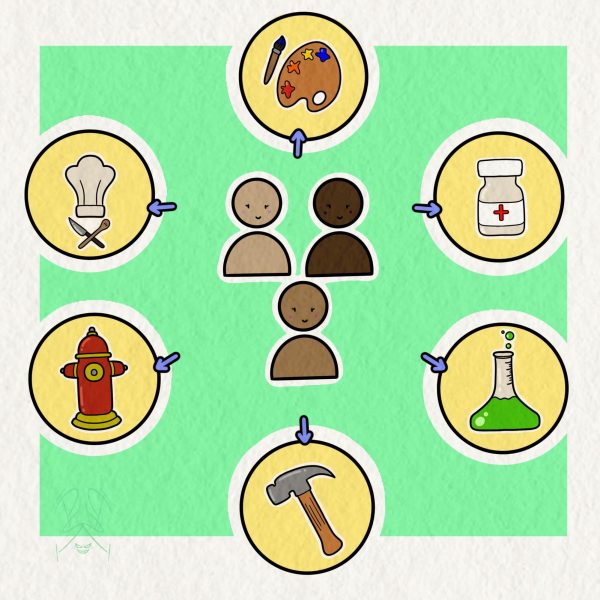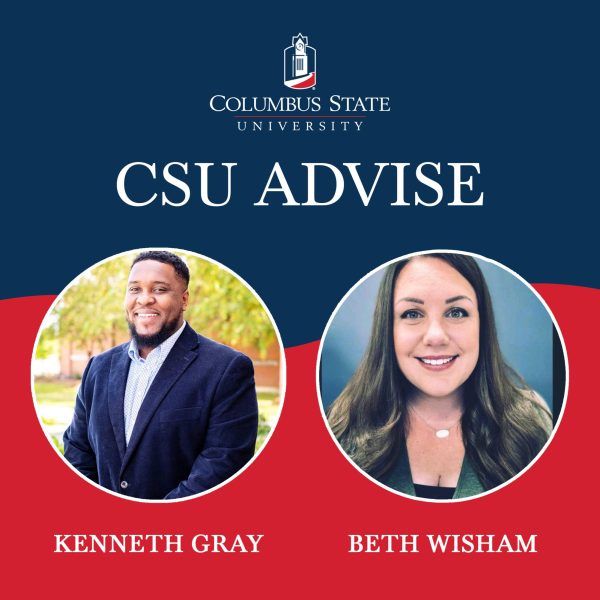Student Loan Forgiveness
What is student loan forgiveness and how do you apply for it?
In August, President Biden announced his three-part plan for student loan forgiveness. The announcement received a mixed reception, with some being happy, some saying he should cancel more, and others saying he should not cancel any. As of now, the plan is still moving forward, so here is what you can expect in the coming months.
First, there will be one more extension of the loan repayment pauses until Dec. 31, 2022. If you are a full-time student with federal loans, this may not mean much to you, but students who are not full time and therefore beholden to their debt have until Jan. 2023 before the payments begin again. The pause will be automatic, so students are not required to submit paperwork.
Secondly, is debt relief. Individuals must earn less than $125,000 per year to qualify. For married couples or heads of households, it must be less than $250,000. Those that have received Pell Grants will receive up to $20,000, while those that did not will receive up to $10,000. This means that if your remaining loan balance is less than your relief amount, you will only receive the necessary amount to cover what is left.
If the U.S. Department of Education already has your relevant income data, then you will automatically be eligible to receive relief. For those that they do not have income data on, an application will be made available in early October.
A sign-up list to be notified for when it is opened can be found at ed.gov/subscriptions. People are advised to apply before Nov. 15th as relief can take 4-6 weeks to process. However, the Department of Education will not stop processing applications after the pause ends.
The third and final step of the plan is to make the loan system more manageable for future and current students. Under this rule:
- Borrowers would not be required to pay more than 5% of their discretionary, or extra, income monthly on undergraduate loans.
- The amount of income that is considered discretionary will be raised, therefore, protecting it from repayment.
- Loan balances of $12,000 or less will be forgiven after ten years of repayment instead of twenty.
- The borrower’s unpaid monthly interest would be covered so that their loan balance does not grow if monthly payments are made.
For more detailed information on the plan and to check your eligibility, you can visit studentaid.gov.



